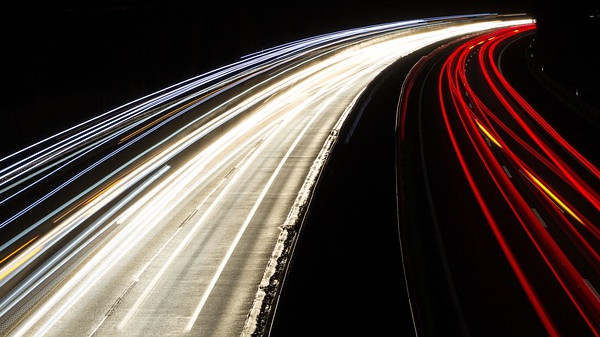Who First Determined the Speed of Light?
Get answers to:
- Why was the study of Jupiter and its moons so important in the 17th century?
- How did Galileo try to measure the speed of light?
- Is the speed of light exactly known?
Whether light has a finite speed or is instantaneous was debated since at least the time of the ancient Greeks. Empedocles, in the 5th century BCE argued that light is something in motion and therefore must have a finite speed. Aristotle, about 100 years later, argued that light is the presence of something but not a motion.
Johannes Kepler (1571-1630) and René Descartes (1596-1650) believed the propagation of light to be instantaneous.
In 1638, Galileo (1564-1642) described an experiment1 he had performed to measure the speed of light, but with no conclusive result. This experiment was repeated in 1667 by the Accademia del Cimento of Florence which noted that there was no observable delay in the propagation of light.
In 1676, the Danish astronomer Olaf Røemer, working at the Royal Observatory in Paris, determined that the speed of light was 220 000 000 m/s. His finding was not widely accepted. Both Giovanni Domenico Cassini (1625-1712), the director of the Paris Observatory, and Jean-Félix Picard (1620-1682), Røemer’s mentor, had serious reservations about his finding because the general scientific consensus of the time was that the propagation of light was instantaneous.
Røemer was studying the moons of Jupiter – work which was considered of great importance for astronomy and geography. The determination of longitude was an important problem and, in 1616, Galileo had proposed using the eclipses of the Jovian moons as a sort of “cosmic clock” by which to determine longitude on the Earth (the sun could be used to determine latitude). As Cassini wrote in 1692:
It is not just out of curiosity that the most famous astronomers of the century have observed Jupiter with so much care. They mainly did it to obtain an exact knowledge of longitudes, on which geography and navigation depends.
But this would only work if the eclipses of Jupiter’s moon could be accurately determined. Røemer observed that there was a discrepancy of up to 22 minutes between the calculated time of eclipse of Jupiter’s moon Io and its observation. He noticed the greatest difference when the Earth was closest to Jupiter (the eclipses were observed earlier) and furthest from Jupiter (the eclipses were observed later). He postulated this was because light has a finite velocity and, because of the enormous astronomical distances, the light took longer to reach the Earth when the Earth was further away from Jupiter.
While most scientists of the time rejected his conclusion about the finite speed of light, he did have supporters, including Christiaan Huygens (1629-1695), Edmond Halley (1656–1742) and Isaac Newton (1643–1727).
In 1983, the speed of light was established to be a constant with the exact value of 299 792 458 m/s. This definition also fixed the absolute values for both the second and the meter.
- The experiment consisted of two individuals on two hilltops about 1.7 km apart. Each experimenter had a lantern. The first experimenter would open his lantern and when the second person saw the light, he would open his lantern. The first experimenter would record the difference in time from the time he opened his lantern to the time he saw the light from the second lantern. At this distance, it takes light about 6 μs to travel from one hilltop to the other. Galileo’s conclusion was that if the speed of light is not instantaneous, then it is at least 10 times faster than the speed of sound. How did he come to this conclusion? Simple, the distance between the hills was such that it takes sound about 5 seconds to travel from one to the other – so a round trip would take 10 seconds. Since the observed time of the second lantern opening was less than a second after the opening of the first, the speed of light had to be at least 10x faster than the speed of sound (which would have taken 10 seconds).↩
